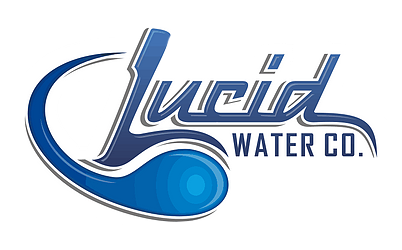How Safe is Canada’s Tap Water?
Over 120 journalists involved in a year-long study from nine universities and 10 media organizations reached the conclusion that hundreds of thousands of Canadians are probably drinking tap water that contains high levels of lead.
The main cause of lead leaching is aging infrastructure and plumbing. Water authorities are adamant that the water leaving municipal treatment plants contain no lead. The problem arises as the water travels toward homes due to lead in the pipes that connect homes to the main water supply and the plumbing fixtures within the homes.
For municipalities, the logistics of changing huge numbers of lead pipes can take decades to complete. Replacing these would not solve the problem if property owners did not change the pipes on the property side of the connections.
Since 2014, 12,000 tests were conducted in 11 cities and 33% exceeded the national safety guideline of 5 ppb (parts per billion). Municipalities have admitted that they struggle to keep track of their service lines, but according to a federal parliamentary committee report in 2017, it is estimated that at least 500,000 homes across Canada are still serviced by lead pipes.
Disappointingly, Canada has lacked transparency as far as publishing the results from municipal water sample tests and the journalists on the investigation filed 700 requests for access through the freedom of information legislation out of the 1000 people interviewed.
Water samples from 260 older homes across Canada were collected by the journalists and these were tested in the standard accepted ways and submitted to accredited labs. Of these samples, 39% showed higher lead levels to the Health Canada guideline.
These levels from cities including Montreal, Regina, Saskatoon, Moose, Jaw, and Prince Rupert, B.C., were comparable to and sometimes even higher than those of U.S. cities that have recently made the headlines for their high levels of lead.
Toronto, the city that historically had the highest lead levels in Canada, started adding orthophosphate to its water in 2014 to help control corrosion. Even though it was costly to implement, $9 million, and the running costs of the program are at $3million per year, the quality of the water has improved with only 2% of homes in Toronto exceeding the limit. The money spent on the problem is also allowing homeowners to see an extended life on their pipes and according to the Professor of environmental and civil engineer at Virginia Tech, Marc Edwards, saves $10 for every dollar spent.
Even though lead pipes were banned in new construction from 1975, lead service lines were not changed by many municipalities in Canada and these continue to feed water to homes and businesses across the country.
Since lead in water was proven to be toxic, the limits were reduced from 10 ppb to 5 ppb, but experts continue to call lead exposure a simmering public crisis. The good news is that it’s easy to remove the lead using a special lead reduction cartridge that can be added to a filtration system in your home or office. Lucid Water installs lead filters upon request for those with lead issues due to older plumbing.
Visit our website https://www.lucidwaterco.com/contact-us today and find out how quick and affordable it is to have your own source of pure water.


